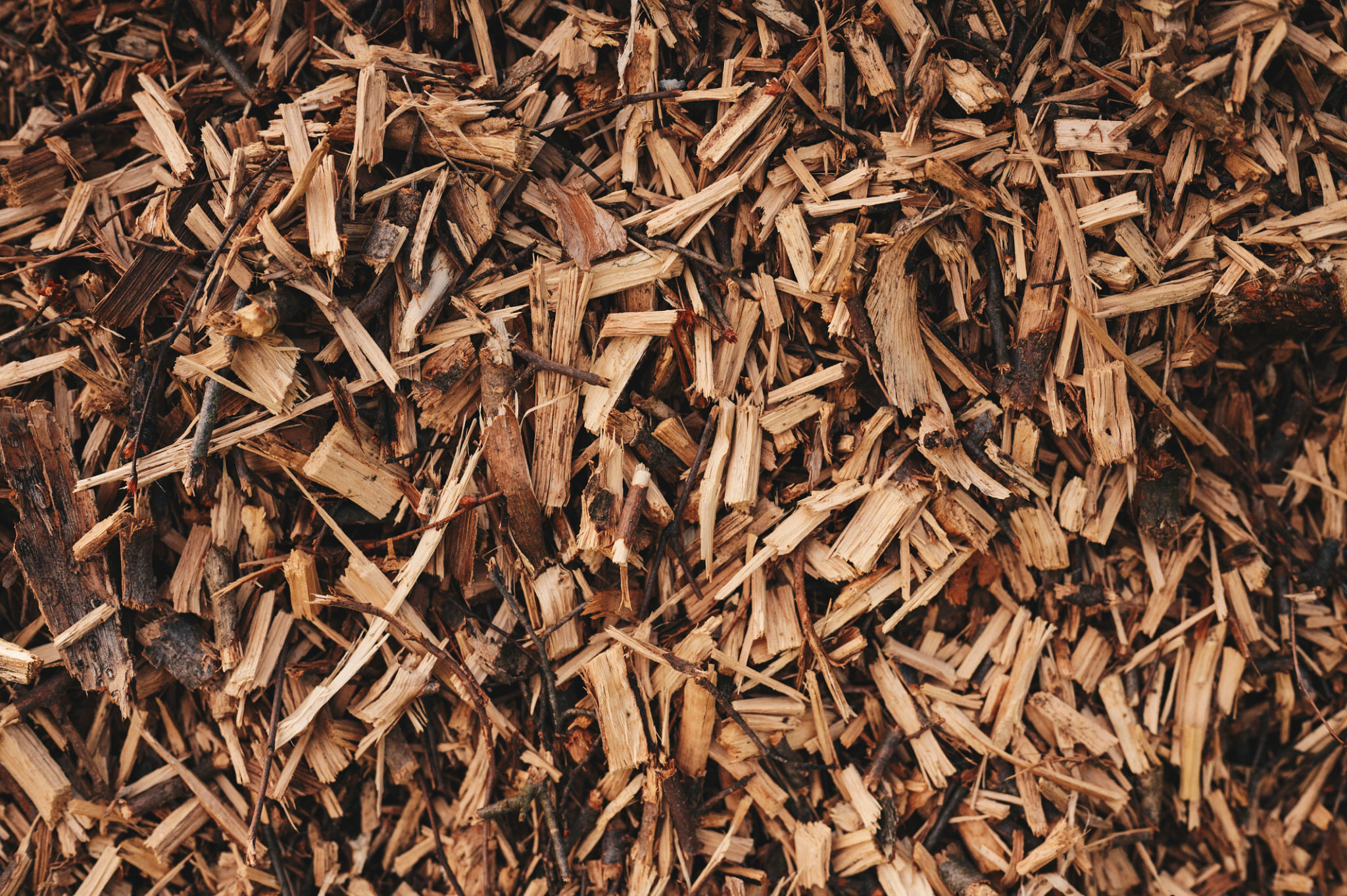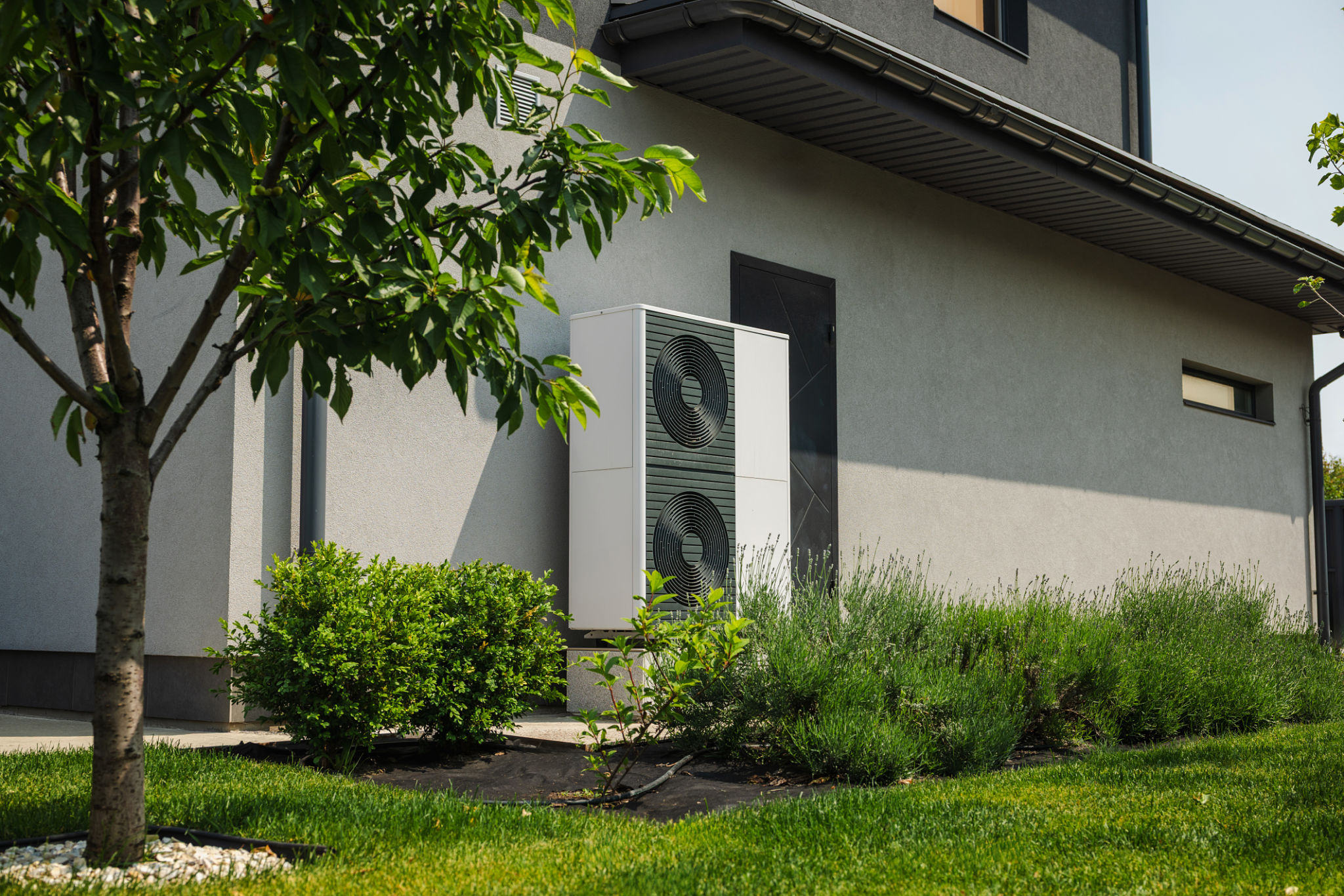DIY Guide: Creating a Sustainable Heating System with Wood Chips and Pellets
Introduction to Sustainable Heating
As energy costs continue to rise and environmental concerns become more pressing, many homeowners are turning to sustainable heating solutions. One popular option is using wood chips and pellets for heating. This method not only reduces reliance on fossil fuels but also promotes the use of renewable resources.

Understanding Wood Chips and Pellets
Wood chips and pellets are forms of biomass that can be used as fuel in heating systems. Wood chips are small pieces of wood that can be sourced from sawmill residues, tree trimmings, and other wood waste. Pellets, on the other hand, are made from compressed sawdust and are more uniform in size, making them easier to handle and store.
Both options offer a cleaner burn compared to traditional firewood, with pellets often being the more efficient choice due to their lower moisture content and higher energy density. They are ideal for use in specially designed stoves and boilers that maximize energy output.
Setting Up Your Heating System
Before you start installing a wood chip or pellet heating system, you need to consider a few crucial factors. First, assess your home’s heating needs to determine the appropriate size and type of system. It's important to ensure that the system you choose can meet your heating demands during the coldest months.

To set up your system, you’ll need a storage area for your fuel, a boiler or stove suitable for burning wood chips or pellets, and a feeder system that transports the fuel from storage to the burner. It's vital to consult with professionals during installation to ensure efficiency and safety.
Benefits of Using Wood Chips and Pellets
One of the most significant benefits of using wood chips and pellets for heating is their sustainability. These fuels are often sourced from waste products, meaning they do not require the cutting down of additional trees, thus preserving forests. Additionally, burning biomass releases carbon dioxide, but this is offset by the carbon dioxide absorbed during the trees' lifecycle, making it a carbon-neutral option.

Furthermore, wood chips and pellets can be more cost-effective compared to traditional heating fuels like oil or gas. Their use can significantly reduce your heating bills while contributing positively to the environment.
Maintenance and Efficiency Tips
To maintain efficiency, regular maintenance of your heating system is crucial. This includes cleaning your boiler or stove regularly to prevent ash build-up and ensuring that all parts function correctly. It’s also important to use high-quality wood chips or pellets to maximize efficiency and minimize emissions.
Regularly check your storage area for moisture intrusion as damp fuel can significantly affect performance. Keeping your fuel dry is essential for ensuring a consistent and efficient burn.
Conclusion: Embracing Eco-Friendly Heating
Transitioning to a wood chip or pellet heating system is an excellent way to make your home more environmentally friendly while potentially reducing energy costs. By understanding the components and maintenance required, you can ensure a smooth and successful switch to this sustainable energy source.

Embrace the change towards a greener future by considering this renewable energy option for your home heating needs. With proper planning and execution, you can enjoy a warm home throughout the winter while minimizing your carbon footprint.